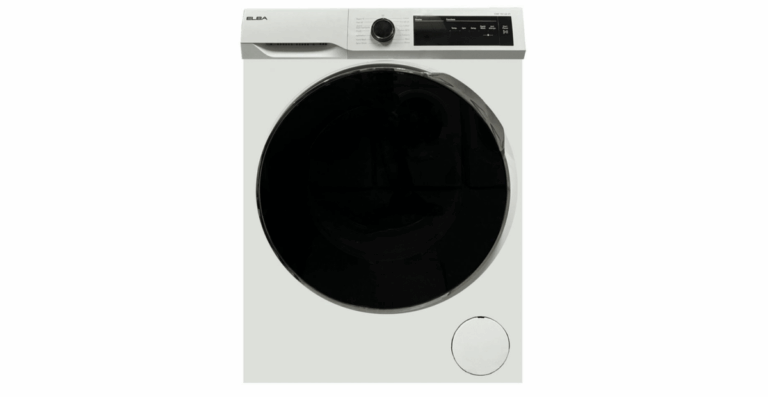Implementing Tax-Efficient Employee Benefits Programs
betbook247, radhe exchange registration, my laser247.com:Implementing Tax-Efficient Employee Benefits Programs
Employee benefits are an essential part of any organization’s compensation package. Not only do they help attract and retain top talent, but they also play a crucial role in ensuring the well-being and productivity of employees. From health insurance to retirement plans, there are a variety of benefits that employers can offer to their staff. However, one area that is often overlooked is the tax implications of these benefits.
In this article, we will discuss the importance of implementing tax-efficient employee benefits programs and provide tips on how to do so effectively.
Why Tax-Efficient Employee Benefits Programs Matter
Tax-efficient employee benefits programs are designed to minimize the tax burden on both employers and employees. By structuring benefits in a way that takes advantage of available tax breaks and incentives, organizations can save money while also providing valuable perks to their staff.
For employees, tax-efficient benefits mean they get to keep more of their hard-earned money. By receiving certain benefits on a tax-free basis, such as health insurance or transportation subsidies, employees can stretch their paychecks further and enjoy a higher quality of life.
Employers benefit from tax-efficient programs by reducing their overall payroll costs. By offering benefits that are tax-deductible or eligible for tax credits, organizations can save money on their tax bill while still providing valuable perks to their employees.
How to Implement Tax-Efficient Employee Benefits Programs
1. Conduct a Benefits Audit
Before implementing any changes to your employee benefits programs, it’s essential to conduct a comprehensive audit of your current offerings. Identify which benefits are taxable, tax-free, or tax-deductible to understand where there may be opportunities to increase tax efficiency.
2. Consider Flexible Spending Accounts (FSAs)
FSAs are a popular tax-efficient benefit that allows employees to set aside pre-tax dollars for qualified medical expenses. By offering an FSA, employers can help their staff save money on healthcare costs while also reducing their own payroll taxes.
3. Maximize Retirement Plan Contributions
Retirement plans such as 401(k)s and IRAs are excellent tools for tax-efficient savings. Encourage employees to maximize their contributions to these accounts to take advantage of the tax benefits they offer.
4. Offer Health Savings Accounts (HSAs)
HSAs are another tax-efficient benefit that can help employees save money on healthcare expenses. By pairing an HSA with a high-deductible health plan, employees can contribute pre-tax dollars to their account and use them to cover qualified medical costs.
5. Provide Commuter Benefits
Commuter benefits, such as parking or public transportation subsidies, can be offered on a tax-free basis to employees. By helping staff cover their commuting costs with pre-tax dollars, employers can save money while also promoting sustainable transportation options.
6. Educate Employees on Tax-Efficient Benefits
One of the most crucial steps in implementing tax-efficient employee benefits programs is to educate your staff on the options available to them. Provide resources, workshops, or one-on-one guidance to help employees understand how they can take advantage of tax-efficient benefits.
FAQs
Q: Are all employee benefits taxable?
A: Not all employee benefits are taxable. Some benefits, such as health insurance, retirement plans, and commuter benefits, can be offered on a tax-free basis.
Q: How can employers save money through tax-efficient employee benefits programs?
A: Employers can save money by offering benefits that are tax-deductible or eligible for tax credits. By structuring their programs in a tax-efficient manner, organizations can reduce their overall payroll costs.
Q: What are some common tax-efficient benefits that employers can offer?
A: Common tax-efficient benefits include Flexible Spending Accounts (FSAs), Health Savings Accounts (HSAs), retirement plans, and commuter benefits.
In conclusion, implementing tax-efficient employee benefits programs is a smart strategy for both employers and employees. By taking advantage of available tax breaks and incentives, organizations can save money on their payroll costs while providing valuable perks to their staff. By following the tips outlined in this article, you can create a tax-efficient benefits program that benefits everyone involved.







